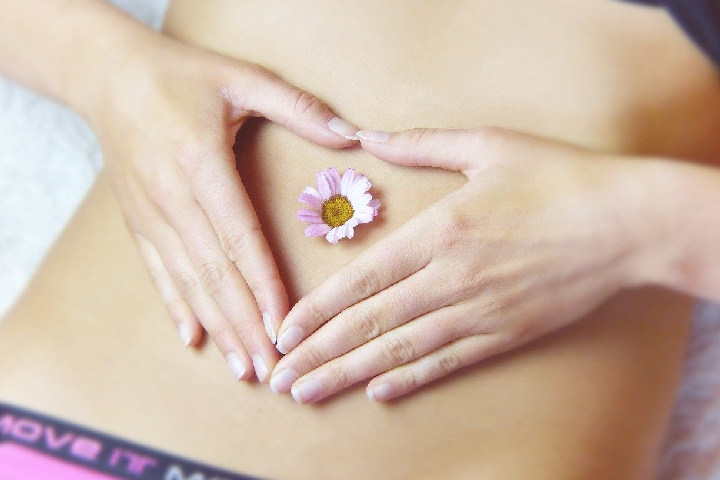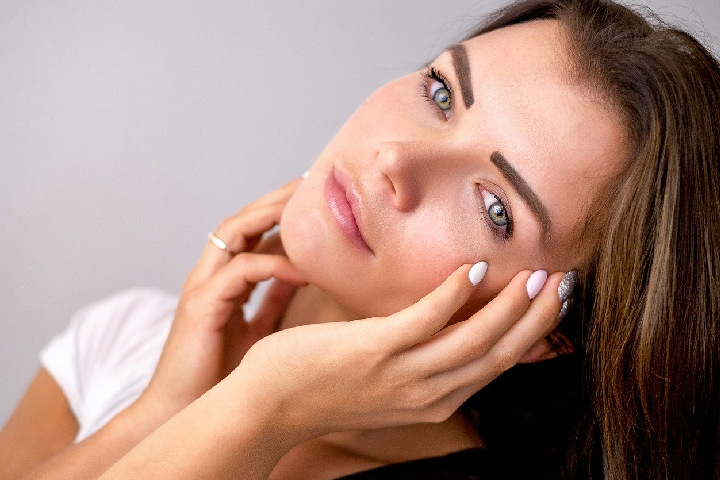Menstrual Cycle: Hormonal changes associated with menstruation have an impact on our skin, which can become more oily, drier, or perfectly hydrated and elastic, depending on the stage of the cycle in which we find ourselves.
Many women notice that there are days when our skin is drier, or on the contrary that shines appear to us without us being able to avoid it. Like our body, the skin also reacts to hormonal changes during different stages of the menstrual cycle.
Gynecologists explain the leading causes that can affect each woman’s skin throughout her cycle.
Table of Contents
1. The Effects of the Menstrual Cycle
These effects occur from hormonal changes, mainly between estrogen and progesterone. Changes that can vary between cycles depend on the hormonal balance that can go a little from month to month and from one female to another, maybe more or less intense and visible.
This hormonal balance will be what will mark the condition of the skin.

2. Hormones and Their Relationship to Skin Changes
Each menstrual cycle begins with menstruation. A standard rule usually lasts 5 to 6 days. At this stage, estrogen and progesterone levels are low. Under normal conditions, the skin manifests itself with normal-dry tendency.
From here, the ovarian cycle is launched, which includes two phases:
Follicular Phase
It goes from the beginning of the rule to ovulation: Hormones start the cycle again, several follicles are produced, and estrogens gradually increase, for 12-14 days, at which point one of the strands becomes dominant, preparing for ovulation.
Estrogens right now increase a lot, and the skin is well hydrated and elastic.
Estrogens have a moisturizing action, so when they’re tall, the skin looks better.
Luteal Phase
From ovulation to the onset of the following menstruation: When ovulation occurs, the follicle containing the ovary transforms into the luteal body and begins to produce progesterone (it also continues to produce estrogen).
Progesterone levels peak approximately towards the middle of this phase, on day 14 of the cycle (in a 28-day menstrual cycle). Hormone changes in the luteal phase are associated with common premenstrual symptoms that many people experience.
The skin can manifest with a fat tendency and, in some cases, with mild acne that quickly disappears at menstruation. When menstruation arrives, the whole cycle begins again.
3. Major Skin Changes
a. Drier or More Sensitive Skin
We may have slightly drier skin during the rule than usual as the dermis becomes more sensitive and irritable due to decreased estrogen levels.
b. Hydrated and Elastic Skin
After menstruation, it increases estrogen production, which is associated with collagen synthesis, increased skin thickness, and dermal water content (hyaluronic acid production).
They also improve skin barrier function and wound healing. As a result, it increases the hydration, elasticity, and natural regeneration capacity of the skin.
c. Skin Fair Than Usual
During the second half of the cycle, progesterone stimulates the sebaceous glands, leading to brighter skin. Several factors increase fat levels, such as genetics, sun exposure, or some skin products.

d. Acne
Days before the rule, more pimples, and pimples often appear. This could be caused by excess sebum, hormonal imbalance, or even stress.
e. Psoriasis, Atopic Eczema, and Allergic Dermatitis
Women who suffer from this dermatological disease may be more affected or with more severe symptoms during the days near the rule.
4. Basic Keys to Skincare in Menstrual Cycle
Regarding skin care, Dr. Montse Manubens adds that “in principle, there is no need to do anything special, follow the basic care of cleansing and hydration. These cares should be tailored to each woman’s age and the specific characteristics of her skin.”
Good facial cleansing in the morning and evening is essential for skin health, as this eliminates traces of accumulated fat, toxins, and pollution.
It is also essential to avoid touching pimples and pimples if you have acne.
5. And to Protect It From Within
Also, Dr. Manubens emphasizes that to have healthier skin, we can take care of the skin from within, especially in the second phase of the cycle (pre-menstruation). The gynecologist recommends following these healthy habits:
- Maintain a balanced diet rich in vitamins and nutrients, and avoid processed, salty and refined foods.
- Decrease alcohol and caffeine intake.
- Eliminate tobacco and other drugs.
- Hydrate properly by drinking 2 liters of water a day.
These will help us have less swelling and pain caused by menstruation and positively influence skin health.

